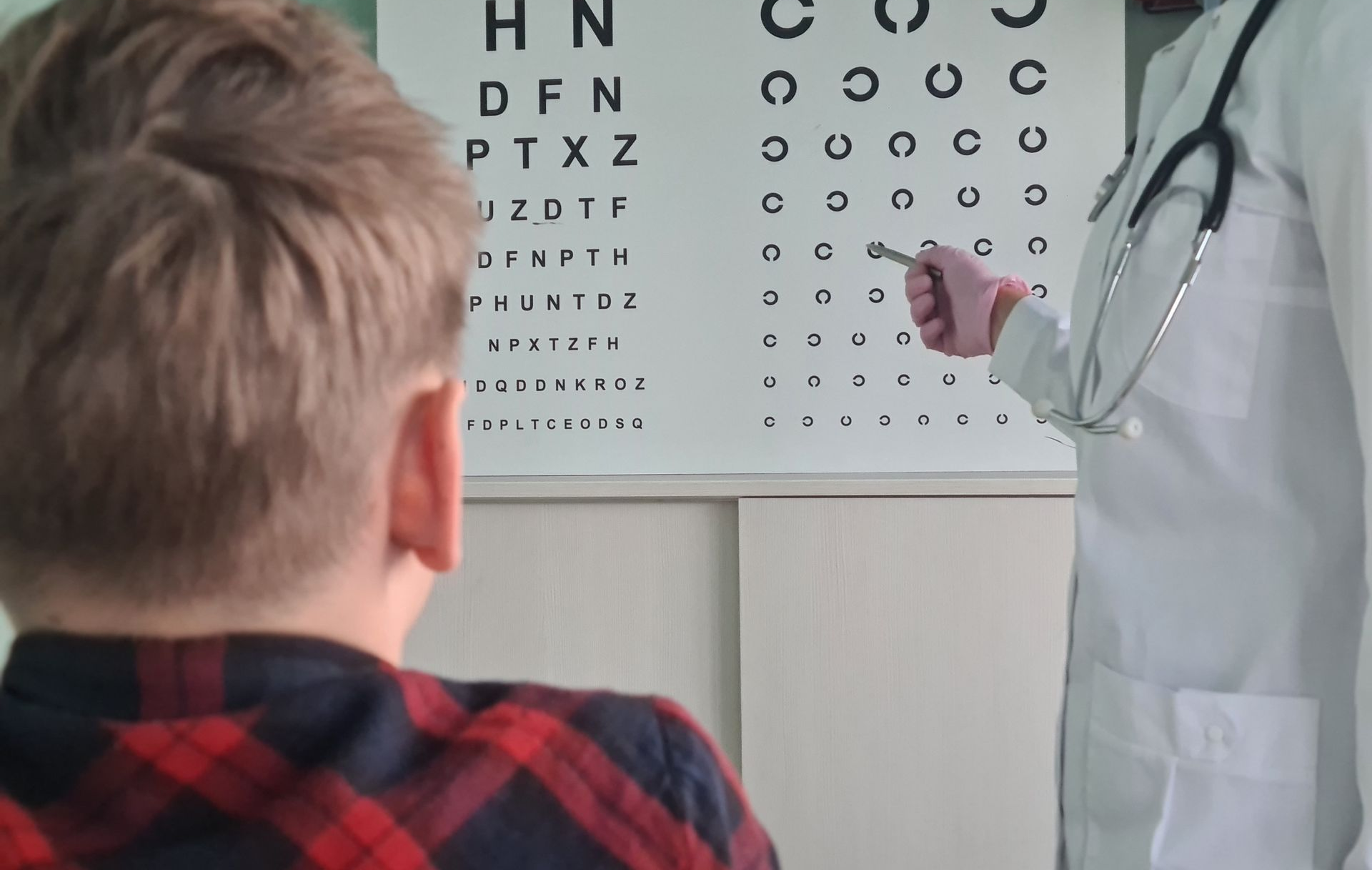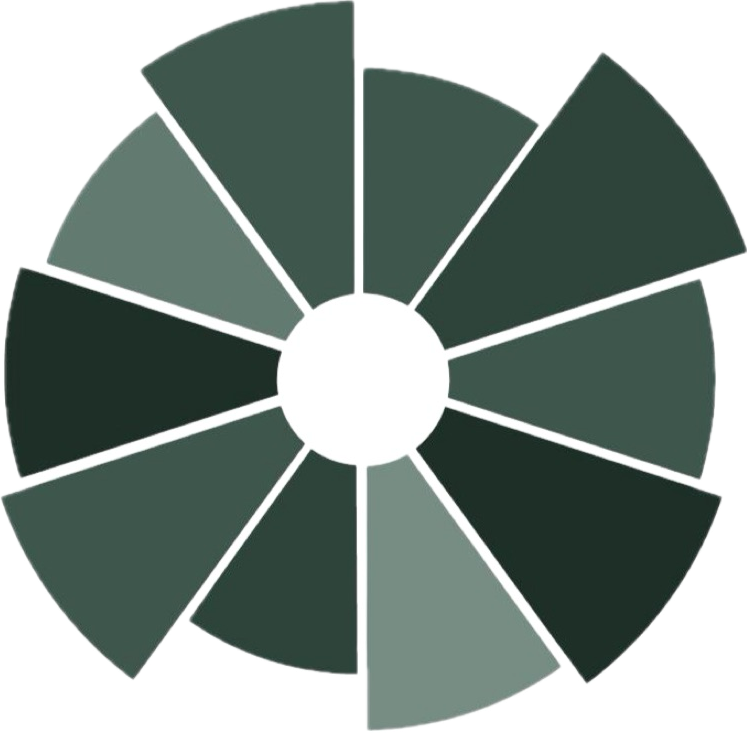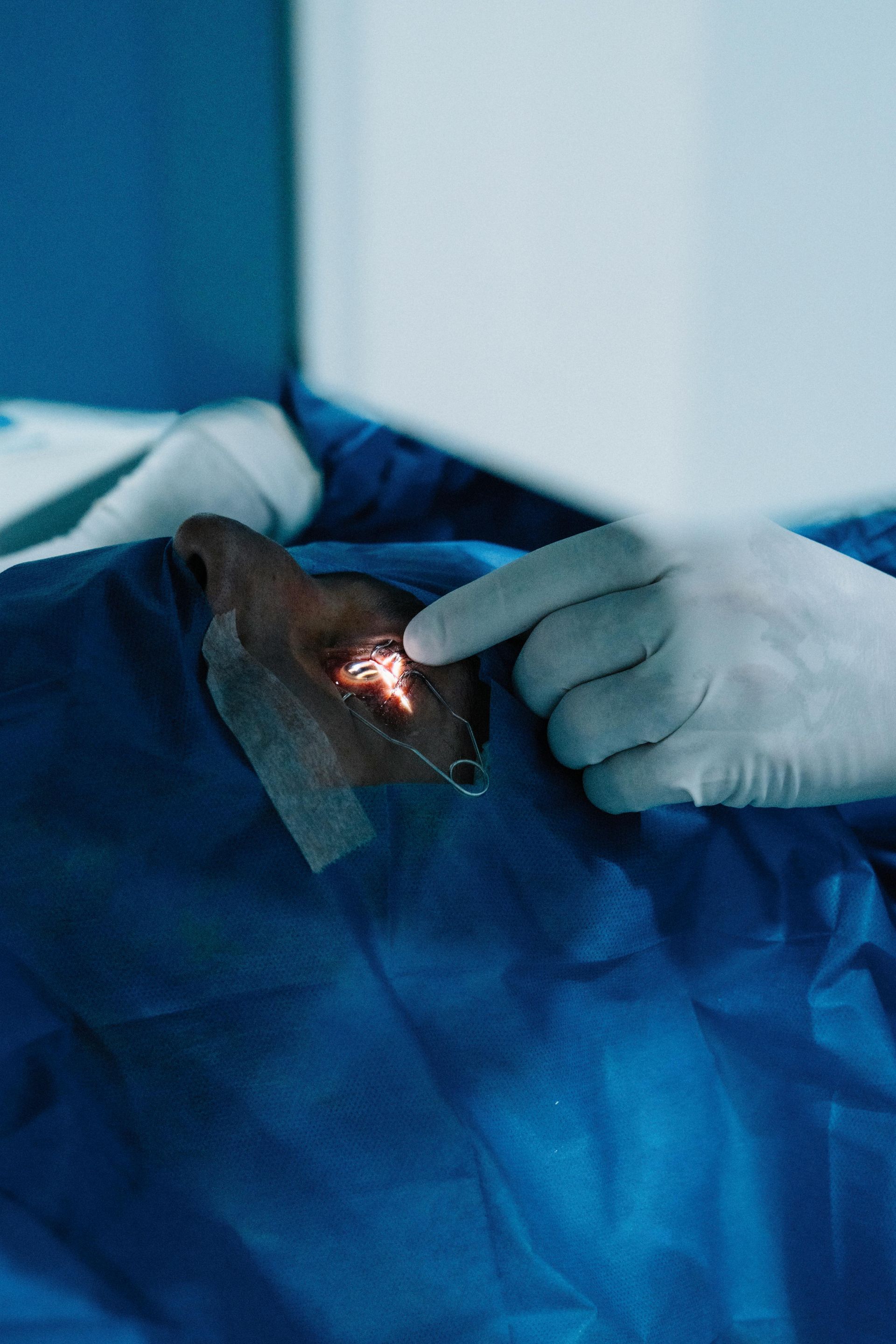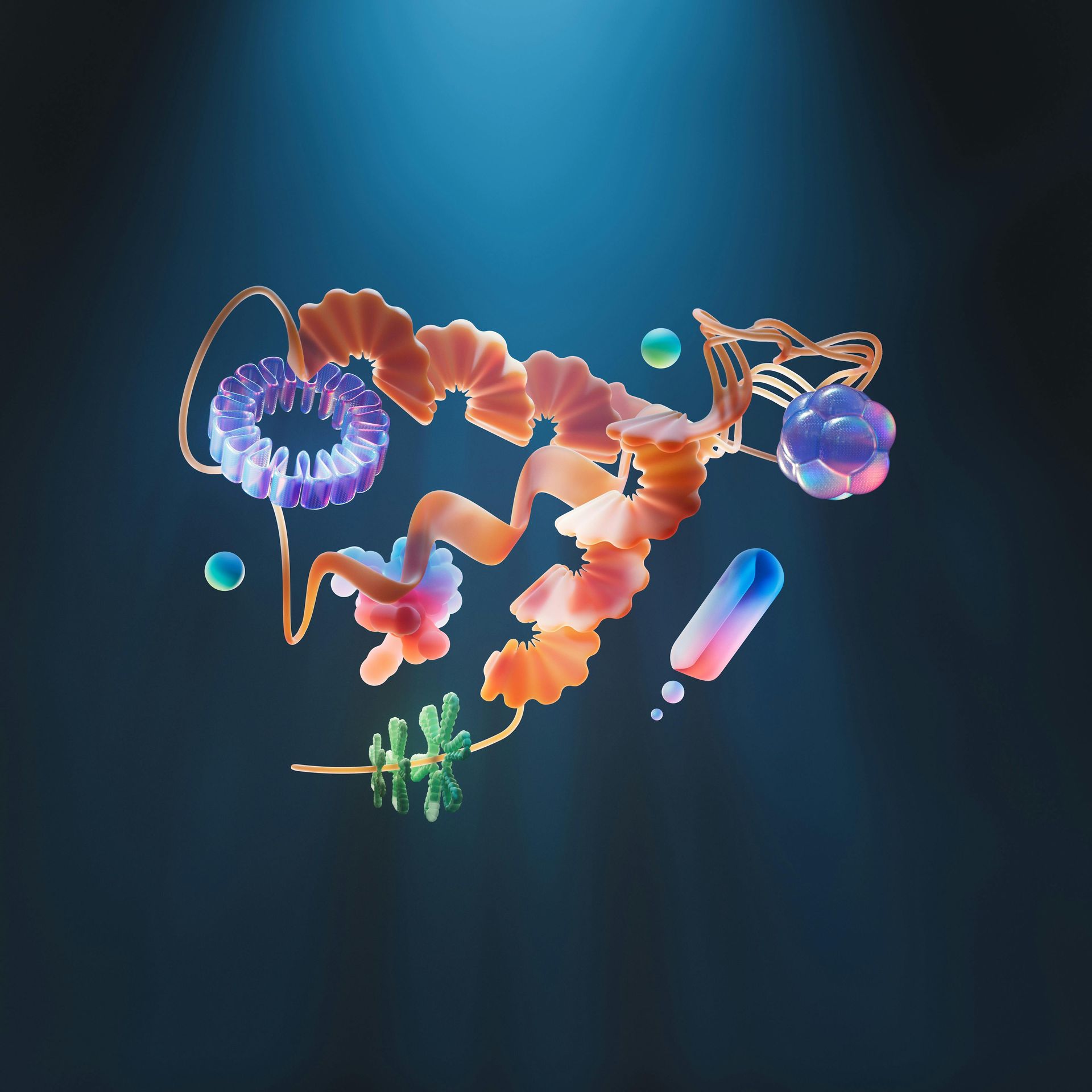Myopia Management Options for Kids

Blog vol 6.13. Myopia Management Options for Kids
As early as 2016, papers were being published about the efficacy of using low dose atropine drops for slowing myopia in children. It revolutionized the field. Prior to this, orthokeratology (overnight hard contact lenses) was the available therapy for the limited few who could work with and tolerate it. Another option, defocus was also known to slow myopia down, and after a two year trial in 2019, it was found that a new spectacle lens, the Defocus Incorporated Multiple Segments (DIMS), was an effective non-invasive therapy. More studies, more availability to a younger and wider group of kids.
We track children with our biometer (a machine that measures the length of the eye) and regular eye exams. Myopia management is part of everyday care.
Combinations of treatments can be helpful for children with more aggressive forms of myopia. For example, DIMS lenses with 0.025% atropine daily, together work better than each separately and because we are regularly tracking axial lengths (length of the eye), we can fine tune treatments.
We have been using 0.05 % atropine drops, taken once nightly, as a monotherapy for the past few years. It is more effective that the initial 0.01% used in the 2016 trials, but unfortunately has more side effects. A recent paper by Shensong Xu et al., (read here) shows the efficacy of using 0.01 % twice a day. In their findings, the twice daily dosing was a lot more effective than the once a day. I know you are thinking, but of course, twice as much should work better, however, that is not necessarily how pharmaceuticals and the body work. The trial guessed the double, lower-dose drop would be more effective than the single dose. This was confirmed, though whether it is more effective than a single, higher-dose drop is unclear. The optimal balance of benefit with minimal side effect is yet to be found.
The problem with the low-dose atropine is the difficulty of getting it. As I have stated on many occasions, one trial leads to another; one new technology leads to more trials, and eventually you have some bonafide treatments. A company from San Diego, Sydnexis, has been working on producing low dosage atropine for the market that does not have to be compounded. The only way to get the lower doses is to have the drops made by sterile compounding. This is expensive, the product can degrade over time, and the pH and potency can vary, all bothersome. At the end of October, we should have atropine in a 0.03 % dose and I foresee dosing that twice a day to get maximum benefit.
Interesting developments, as always, we will keep you posted.
‘til next week,
The good doctor






